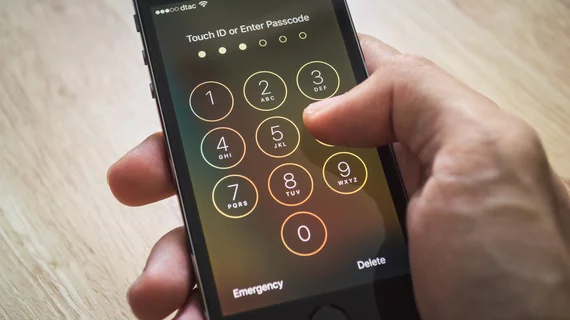Helium from MRI scanners deactivates Apple products at Illinois hospital
A hospital IT worker’s Reddit post recently grabbed the attention of the medical imaging community in describing how he discovered a newly installed MRI machine appeared to disable every Apple device in the hospital, according to a report published Oct. 30 by Motherboard.com.
Eric Woolridge, a system administrator at Morris Hospital in Morris, Illinois, received numerous calls on Oct. 8 after several iPhones owned by hospital employees stopped working for no reason.
Woolridge also remember the hospital was having a new MRI machine installed for high resolution neuroimaging that same day. He later discovered the evaporated helium used to supercool the MRIs giant magnet was leaking through the vents and to the rest of the hospital.
A blog post by the online “free repair manual” iFixit posted Oct. 30 explained that helium atoms can crash the MEMS silicon chips used for gyroscopes and accelerometers in smart phones.
However, Woolridge found that Android devices were completely unaffected. This is because Apple recently defected from traditional quartz-based clocks in its phones in favor of clocks that are also made of MEMS silicon, according to article.
See the entire article below.

